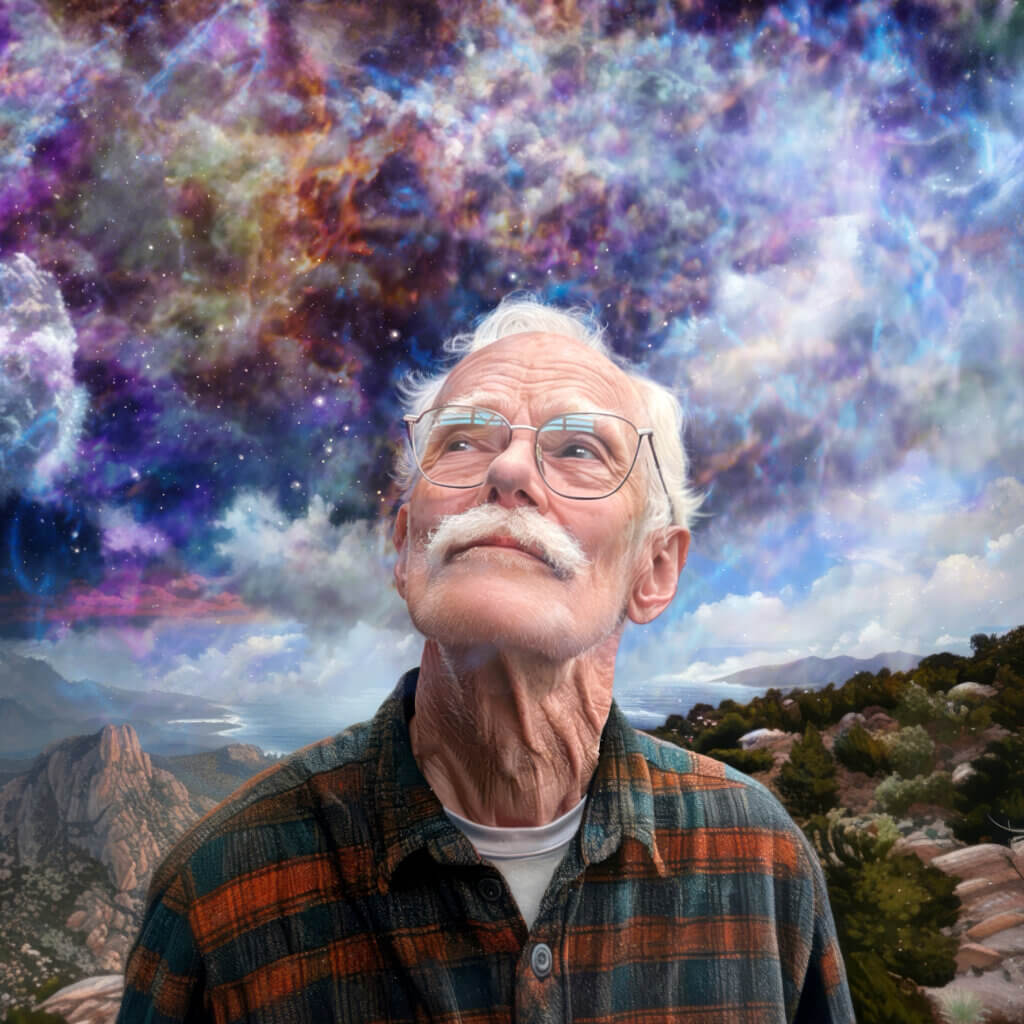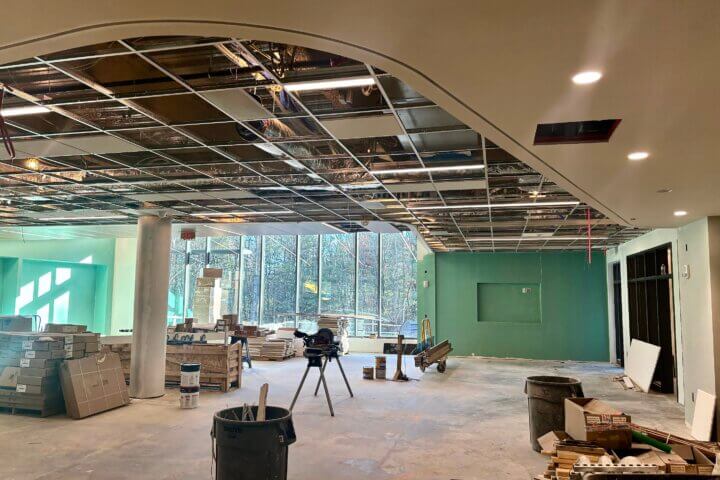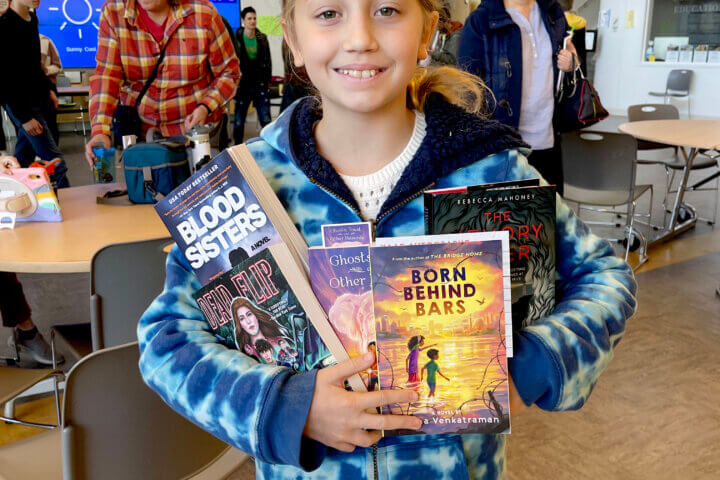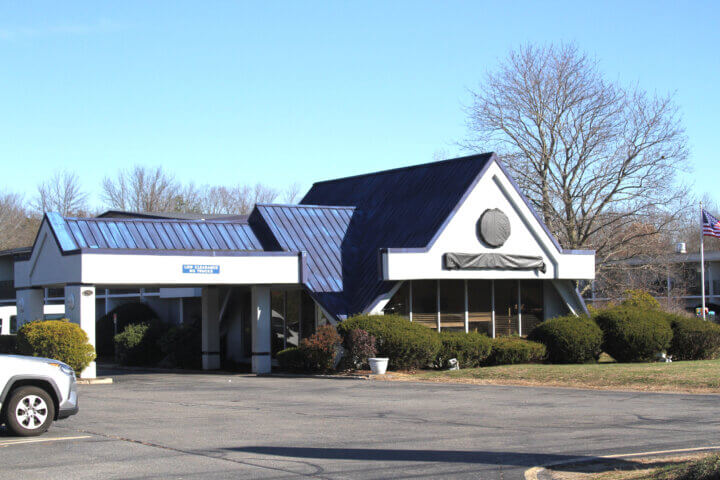By Beth Herman — Beth@theconcordbridge.org
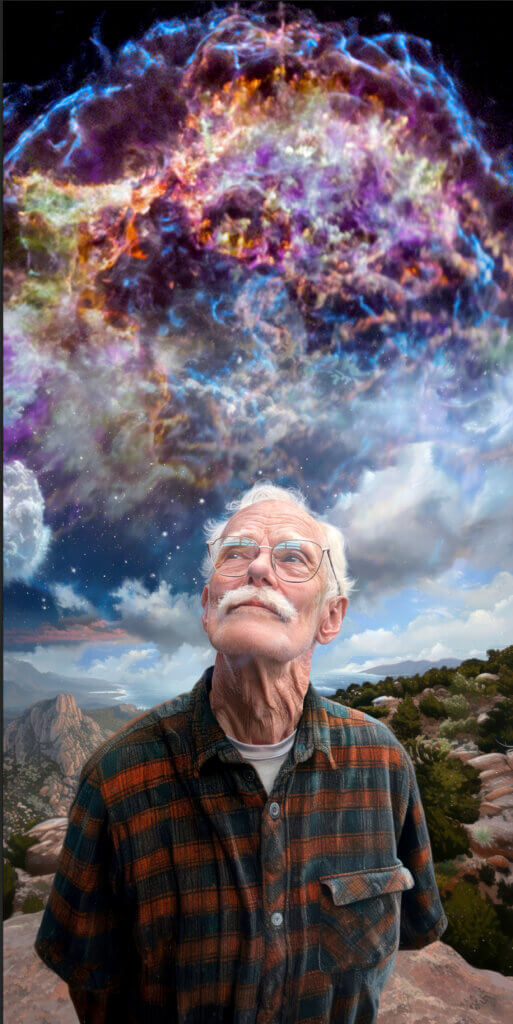
Photo illustration by Peter Farago
Humble and circumspect, Concordian Frederick Seward prefers “Fred” to the formality of Dr. Seward. “I only get ‘Dr. Seward’ on envelopes from educational institutions wanting donations,” he laughs.
Seward, 92, is an astrophysicist with the Center for Astrophysics | Harvard & Smithsonian (CfA) and, as of this year, a recipient of the George Van Biesbroeck Prize from the American Astronomical Society. The honor is accorded every two years to a living individual for long-term extraordinary or unselfish service to astronomy, often beyond the requirements of his or her paid position, according to Harvard.
Though he deflects all accolades, instead crediting his colleagues and those who preceded him, Seward’s focus on expanding the Einstein Observatory’s Guest Observer Program has made a global impact. It enables a wider scientific audience to reap the benefits of the observatory’s findings.
“It’s important to make it available to everyone, because the more observers you have, the more diverse the program is. It’s necessary to have scientific diversity — different points of view — because you find things that are unexpected,” he affirms.
The sky’s the limit
Peppering his conversation with references to gamma rays and trapped energetic particles, the nonagenarian vividly recalls the country’s ebullient mood when he received his doctorate in nuclear physics from the University of Rochester in 1958, preceded by an undergraduate degree from Princeton.
“It was a marvelous time. I got out of graduate school and physicists were in great demand,” he says. “I could have gone to any state in the country and gotten a job. I was sure I wanted to stay in nuclear physics and keep working with accelerators, studying nuclear reactions.”
Nuclear reactors had just been invented, as had computers. “And the Space Age was just starting,” Seward recalls.
He chose California’s Lawrence Livermore National Laboratory, a federally funded research and development center where he remained for 15 years, working on accelerators among myriad other projects.
At the time, weapons design work, including underground nuclear tests, was underway in Nevada. Seward was drawn to that particular research arena for a time, eventually taking on an opportunity to build charged particle detectors for the top of near-earth orbiting satellites. These measured cosmic rays trapped in radiation belts, opening doors for advanced research. Among other things, space radiation can alter the cardiovascular system, damaging organs and more.
In the beginning
In the 1970s, with Nobel Prize-winning astrophysicist Riccardo Giacconi at the helm, NASA launched the CfA-designed Einstein Observatory with the first fully imaging X-ray telescope to be put into space. X-rays allow for observing supernova remnants, and the study of their composition enhances our understanding of the universe’s origins.
Seward’s award resulted from his leadership in creating and implementing a process where, in a break with protocol, the data collected would be made available to the broader scientific community.
“There was no precedent for such a process during this era for space missions, which up to this point had been treated as experiments,” Patrick Slane, director of the Chandra X-ray Center at the CfA, said in a statement. In the past, NASA did not require an observatory to be treated as a public entity.
Seward’s open access became standard practice for global satellite missions, including the Hubble Space Telescope, Chandra X-ray Observatory, and James Webb Space Telescope. Other space agencies around the world, including the European Space Agency, the Japanese Space Agency, and the Indian Space Research Organization have all adopted practices similar to those established by Seward, according to Harvard.
“I was part of a team,” Seward emphasizes. “I just worked to help share the great things with other astronomers. We had something that everybody wanted.”
Since his 2005 retirement, Seward has continued his research into supernova remnants, “except I don’t get paid,” he quips. He also writes proposals to try to get observation time on satellites.
“What makes modern astronomy interesting is you discover things that haven’t been thought of before, that are a complete surprise,” he says.


